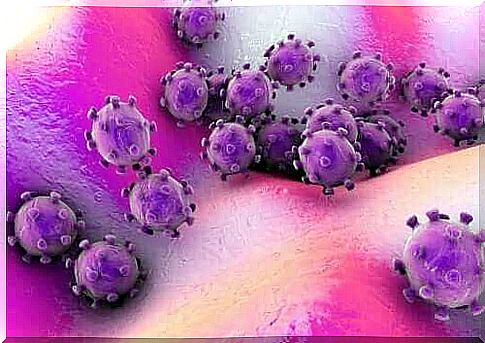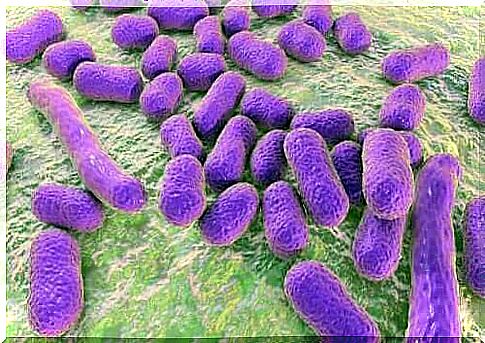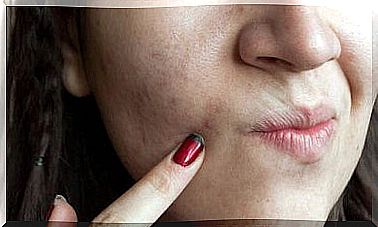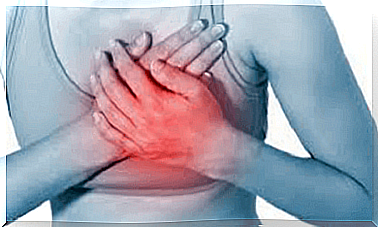What Are Germs And Where Are They Found?

Have you ever wondered what germs are? The word “germ” has different meanings depending on the context in which it is used. In biology, it is defined as the reproductive part of a plant that germinates to grow, for example. A germ is therefore metaphorically seen as the initiator of something, such as a movement.
In this article, we’re going to take a closer look at what germs are and where they’re found. Keep reading to learn more about this fascinating microscopic world!
What are germs?
We define this term as any microorganism capable of causing disease or damaging its host, whether of animal or vegetable origin. In general , there are four main types of germs that we will discuss below.
bacteria
Bacteria are prokaryotic (ie, unicellular) organisms, which are a few microns in size and come in various forms. According to the Earth Microbiome Project, they estimate that there are more than a trillion species of bacteria on the planet.
So we are not exaggerating when we say that they are the essential foundation of any ecosystem. Depending on their morphology, they can be divided into several types:
- Cocci are spherical and depend on the number of individuals composing the structure (dipococci, tetracocci and streptococci).
- Bacilli are rod-shaped.
- Spiral forms are vibrios, spirals and spirochetes.
Bacteria can be immobile or have motor skills, either through cilia or flagella that help them move. Depending on their method of detection, based on the nature of the outer wall of their structure, they can be gram negative or gram positive.
These microorganisms can be free-living or pathogens of living things, including humans. By the strict definition of the term, only bacteria that cause disease are considered germs.
Virus

Viruses are even smaller than bacteria and simpler than bacteria. These germs consist of DNA or RNA chains (single or multiple) covered with a protein layer that gives them their three-dimensional shape.
Scientists have described about 5,000 virus species, and they cannot reproduce without having a host to invade. Viruses hijack the patient’s cells and their machinery and replicate in them to continue spreading the disease among the population.
Fungi, protozoa and others
So, in order to keep this space as concise and informative as possible, we will summarize the rest of the germs or pathogens below:
- Protozoa are unicellular microorganisms like bacteria, but due to their larger size and morphological complexity, they differ from them. They live in moist environments and can be parasites or free-living. A very clear example is the protozoa that causes malaria.
- Unlike the fungi mentioned in the previous point, they are a taxon of complex multicellular organisms, including fungi, yeasts and mushroom producers. A number of fungi can infect both animals and plants, forming a mycelium in the affected tissues and feeding on it.
- There are also other germs that are more difficult to describe, such as viroids or prions. These are RNA molecules that can infect animals or plants.
Where are most germs found?
The better question would be what part of the earth is free from it. Microorganisms dominate all environments and they surround us at all times (and are even found inside us!).
Since a germ in the strict sense of the word is pathogenic to other living things, it is important to talk about their prevalence in certain public places:
- Swimming pools and water parks. Here they all come together. Protozoa and fungi need moisture and viruses need a high host density. Any moist and crowded place is a good breeding ground for colonies of germs.
- Money, shopping carts, surfaces in public toilets, etc. Many viruses and bacteria stay on surfaces for a certain period of time, so the more people come into contact with an object, the greater the chance of a high germ load.
- The human body itself. Although it may seem surprising, one to two pounds of our body weight comes from bacteria, which are mainly present in our intestinal tract. Yes, these do not fall under the definition of germ as they are not pathogenic to us. Yet humans show a high viral load when they suffer from an illness, such as the flu or a cold.
As we have seen, the definition of germs falls short when it comes to encompassing the multiple microorganisms that cause disease in living things.
However, they all have something in common: they are microscopic creatures that take advantage of the existence of others to survive and cause various diseases in their hosts.









